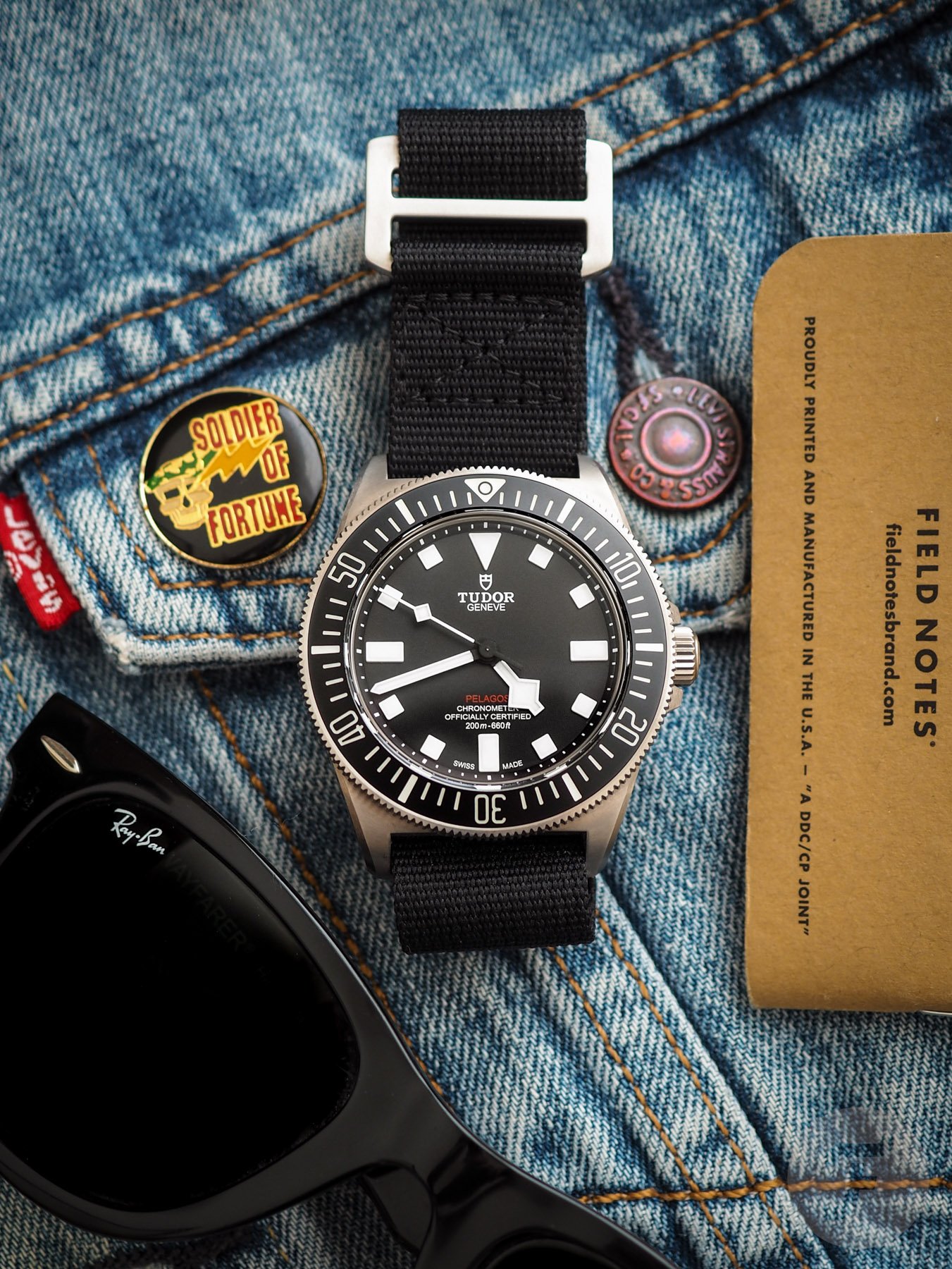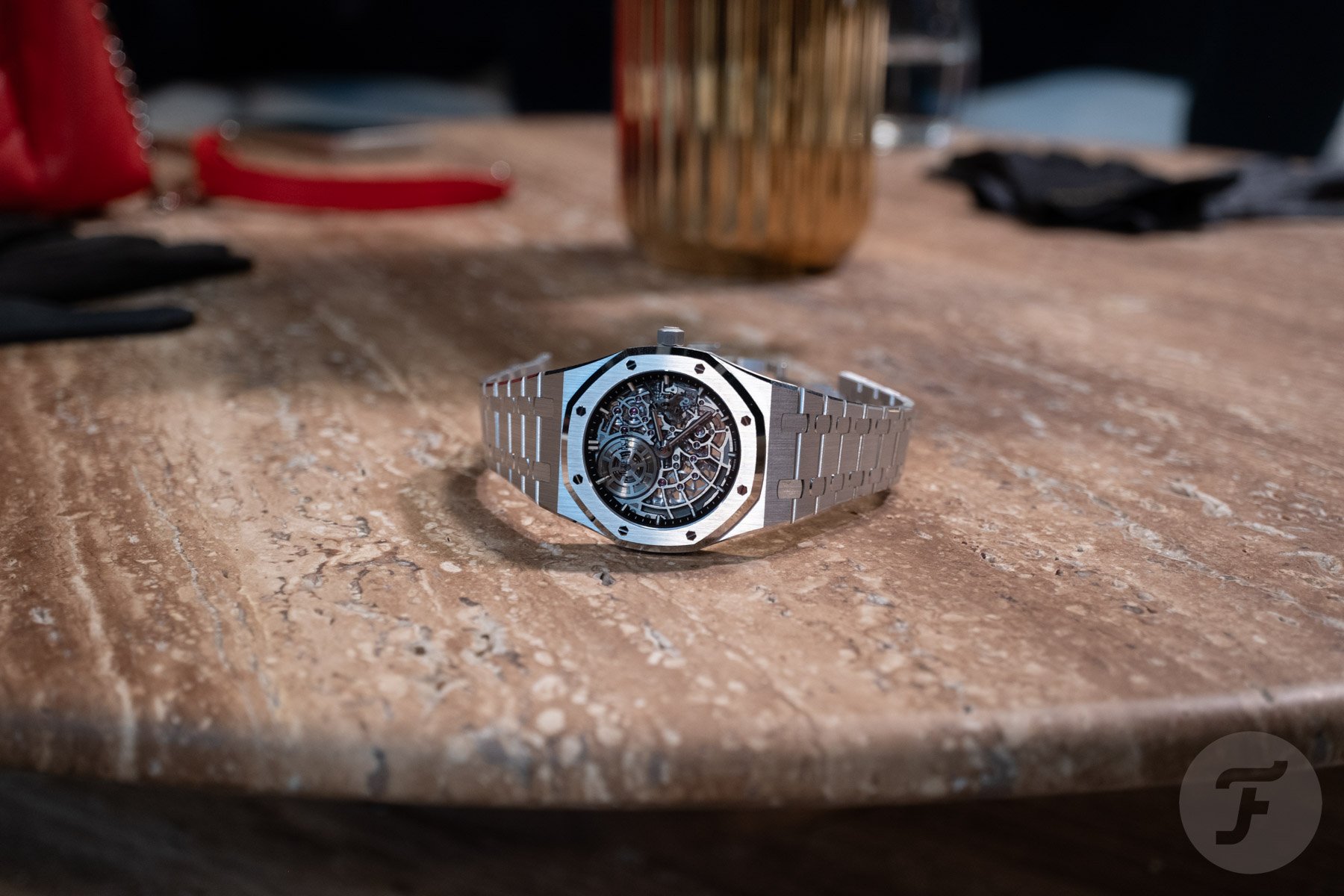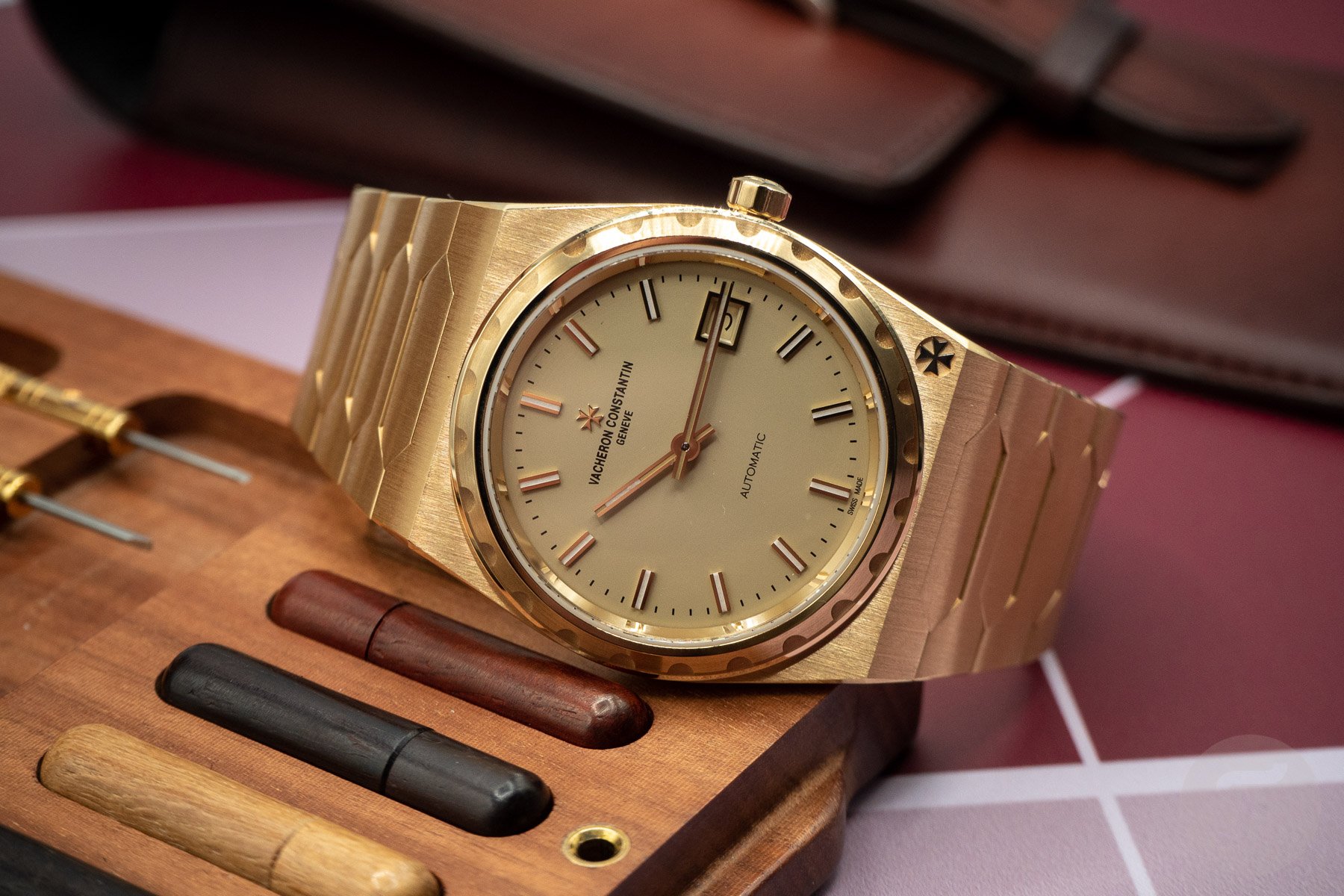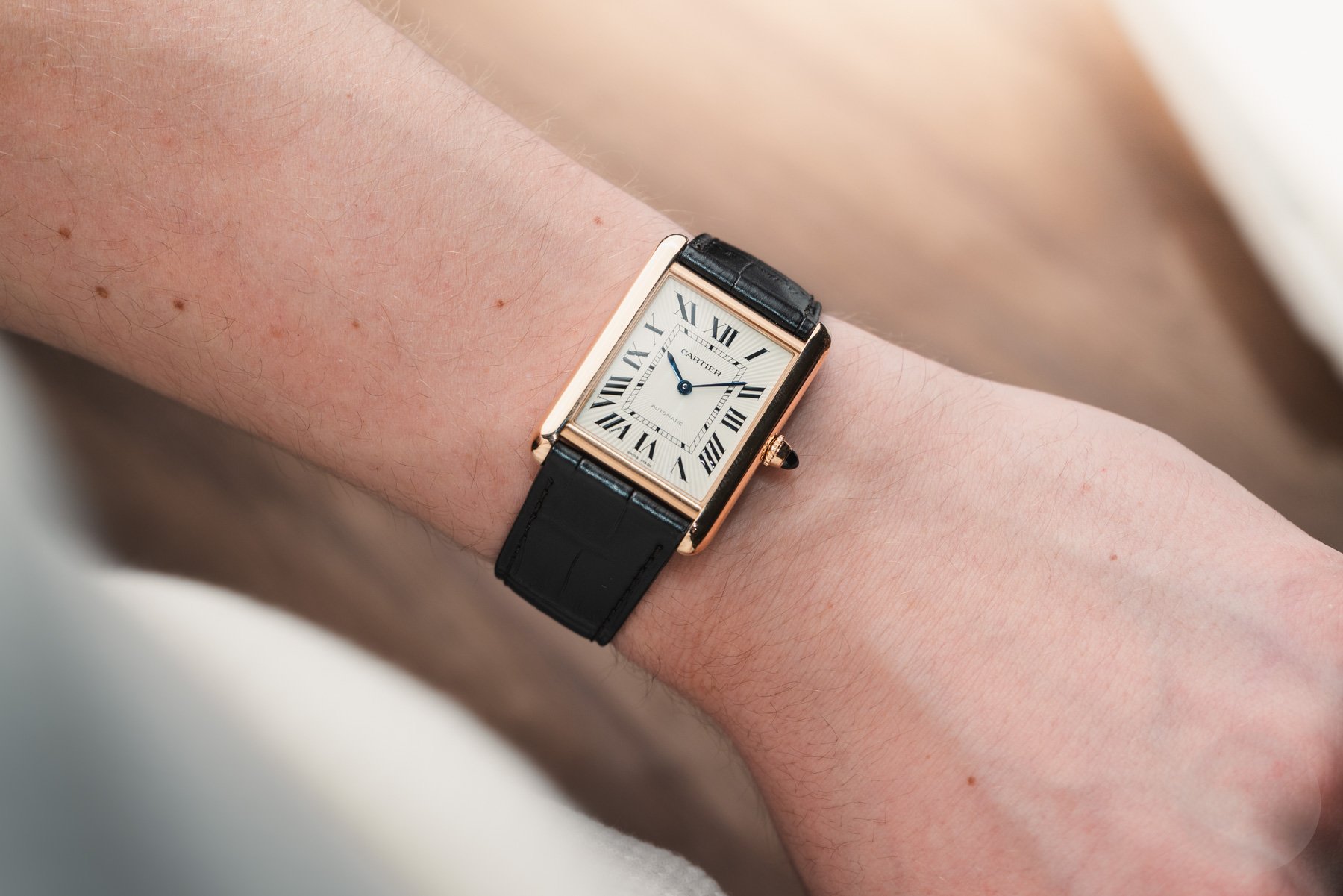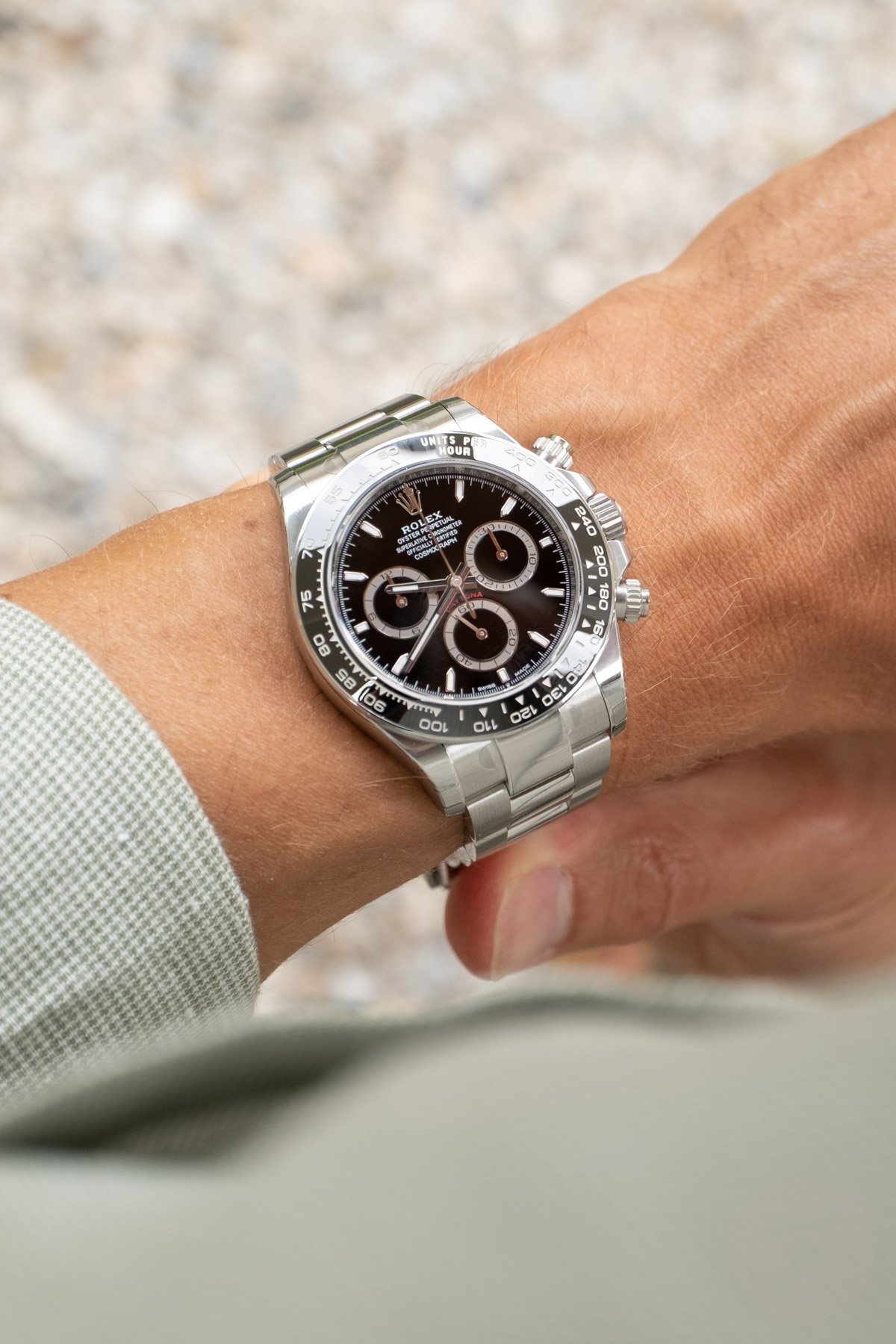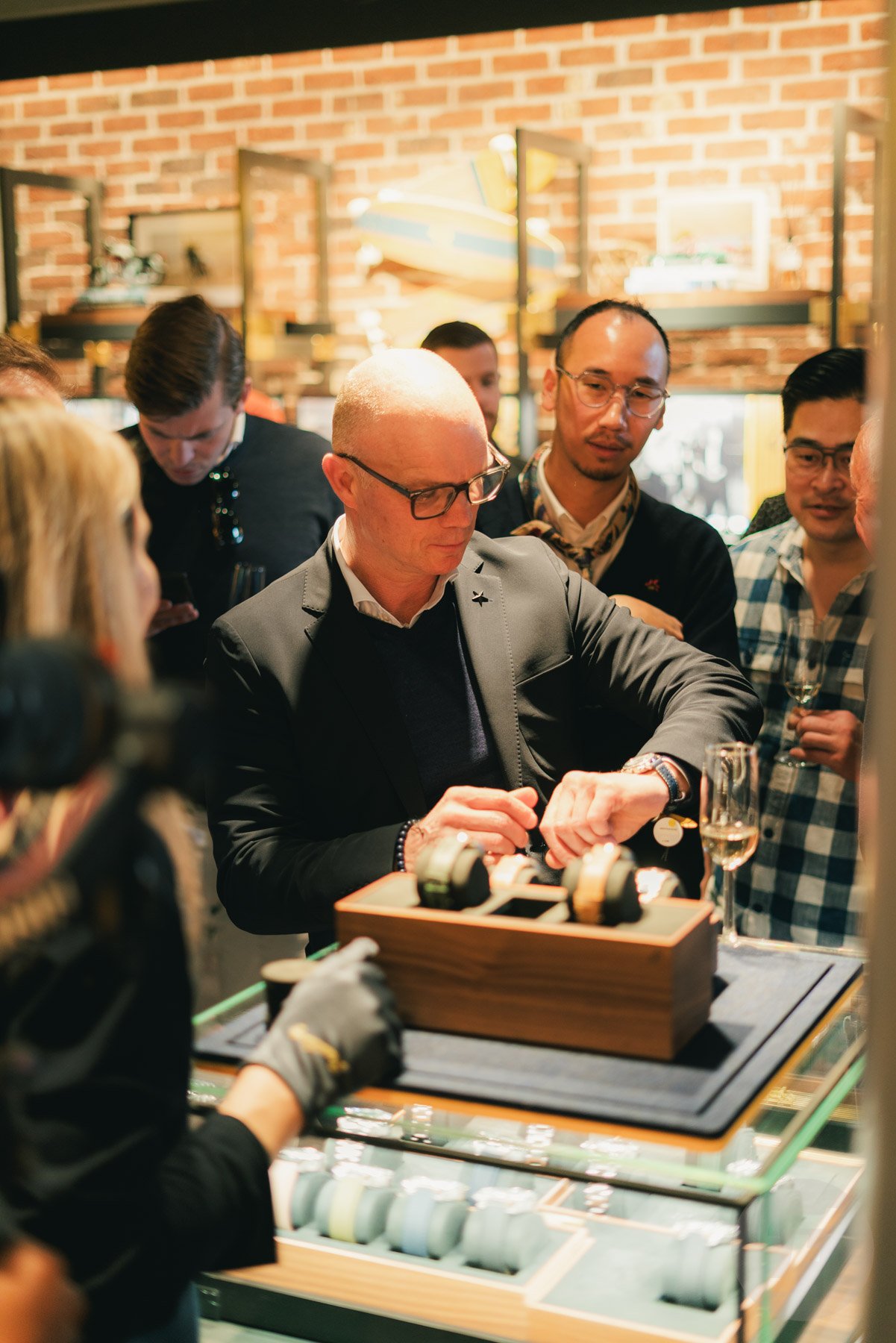The Feedback Loop: Does Social Media Create A Monoculture In The Watch World?
The internet and social media have transformed how we discover and interact with watches. In a sense, these channels have put the entire watch world in our pocket. They have democratized the hobby in several ways, spreading information and knowledge like never before and creating transparency across markets. This all comes at a cost, though. In this article, I want to explore whether social media creates a monoculture in the watch world and whether that’s a good or a bad thing.
The term monoculture comes from agriculture, where it refers to the practice of growing a single crop on a given acreage. In the sense I will discuss today, however, it relates to the convergence of experience, taste, and behavior. Let’s dive in!
How we explored watches before social media
The one aspect of our exposure to watches that changed most as a result of social media is pace. As we mindlessly scroll our feeds, dozens of watches pass before our eyes in a matter of minutes. Before social media, online exploration of watches was much slower and more intentional. You would have to seek out special-interest websites or blogs and dig around.
You would likely discover new watches in magazines or at your local jeweller. A magazine might introduce you to a brand you did not know before. You might read its backstory and see its debut model over a four-page article. Maybe a few weeks later, you would see that watch in real life during a Saturday shopping spree with the family. You’d mull it over, let your desire for it grow, and maybe return to it occasionally.
It was all a lot slower and more deliberate. That gave you more time to develop your personal taste. You weren’t yet spoon-fed opinions, and the watches you were exposed to depended on your physical location as much as anything else.
How social media changed the landscape
Social media changed the pace radically. Today, you’ve likely seen fifty watches before you even finished your first cup of coffee. This should, on the face of it, quickly lead to a much broader perception of the landscape. The truth, however, is different.
Why? Because quantity does not equal breadth. In fact, looking at the watch world through an Instagram feed is like gazing through a toilet roll. This happens first on a personal level, with the algorithm targeting you for maximum engagement. Once it sees you dwell on that Explorer II for a moment, it will fill your feed with more of them. Before you know it, it seems as if every watch enthusiast in the world owns one.
You would expect that this hyper-personalization would lead to stronger individualization of watch tastes. After all, I will constantly see my preferences reaffirmed and deepened while you see yours. Interestingly, this isn’t the case.
Creating monoculture
There are several reasons why social media leads to monoculture. The first is the fact that the algorithms favor popular content. This means the winners win more and the losers are lost in the noise. The term “winners,” in this sense, refers to watches that trigger engagement. This means that even in personalized feeds, we tend to all see the same stuff pop up nonetheless. This triggers more engagement, and you end up with an echo chamber of sorts.
Another reason is the global nature of social media. Watch culture in The Hague starts to look more and more like watch culture in London or New York. After all, we are all influenced by the same people and the same watches.
The same applies to opinions, amplified within the echo chamber. You see a lot of reverberation of the same handful of sentiments and points of view. Some become almost a code of conduct, symbolizing your membership as part of the in-crowd.
How this alters our experience
The above results in the emergence of “it-brands” and “it-models”. A handful of brands and models become “the ones to get,” the rest wither in the shade. If it looks like we’re all chasing the same watches, it is probably because in fact we are! The mere exposure effect alone explains why the “it-watches” only become more desirable as time passes.
One subtle danger of social media is how it reshapes our internal compass. When likes and comments become the validation for our choices, we risk losing sight of what we actually enjoy. To what degree do we dare venture outside of the undercurrent of sameness to pursue individuality? And are we even conscious of it?
Another unintended effect is that new watches become more online-proof, for lack of a better way to describe it. Watches have to be photogenic and easy to describe in very few words. The specs list, price, and Instagrammability of a new watch have much greater impact on its potential success than its actual build quality, refinement, or deeper story. Those aspects must be felt and seen in real life, but hey, who has the time for that?
Escaping the online & social media monoculture
One way to escape the online and social media monoculture is to be mindful of who you follow. The influencer with the most followers isn’t necessarily the one to enrich your experience the most. It takes a conscious mind and some courage to deliberately pick your niche and your specific field of interest, despite what the online masses might be up to.
It also pays to seek out offline experiences. Get-togethers, boutiques, brand events, and fairs all present opportunities to meet like-minded people outside the reach of algorithms.
In the end, we are a social species, and herd mentality is a very natural thing. So, does social media indeed lead to monoculture? What do you think? Let us know in the comments section below.

